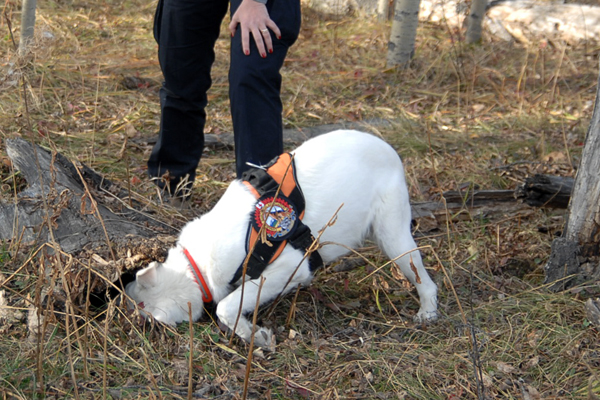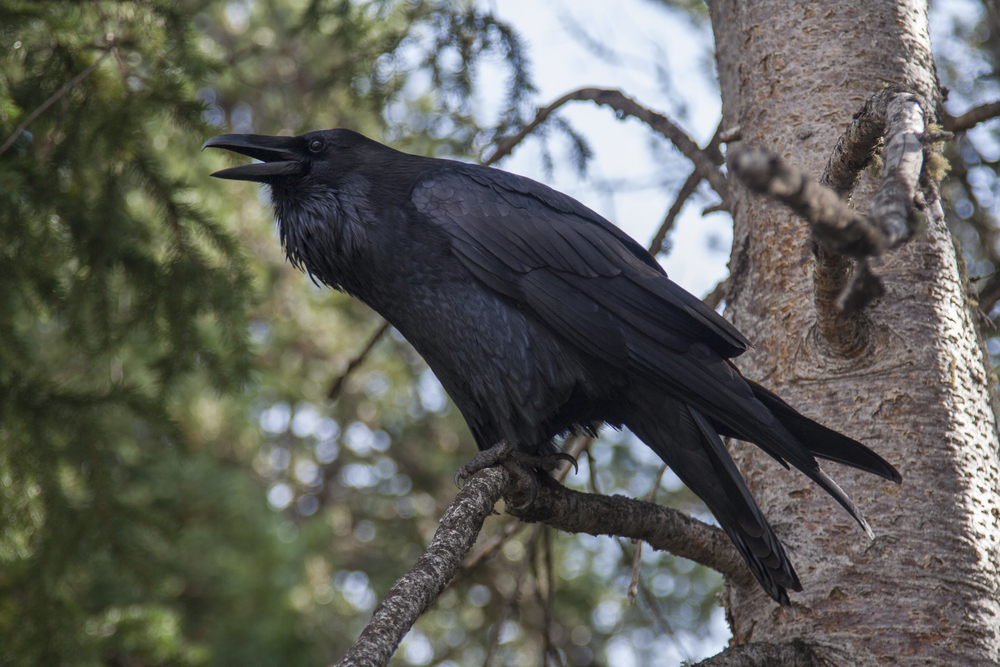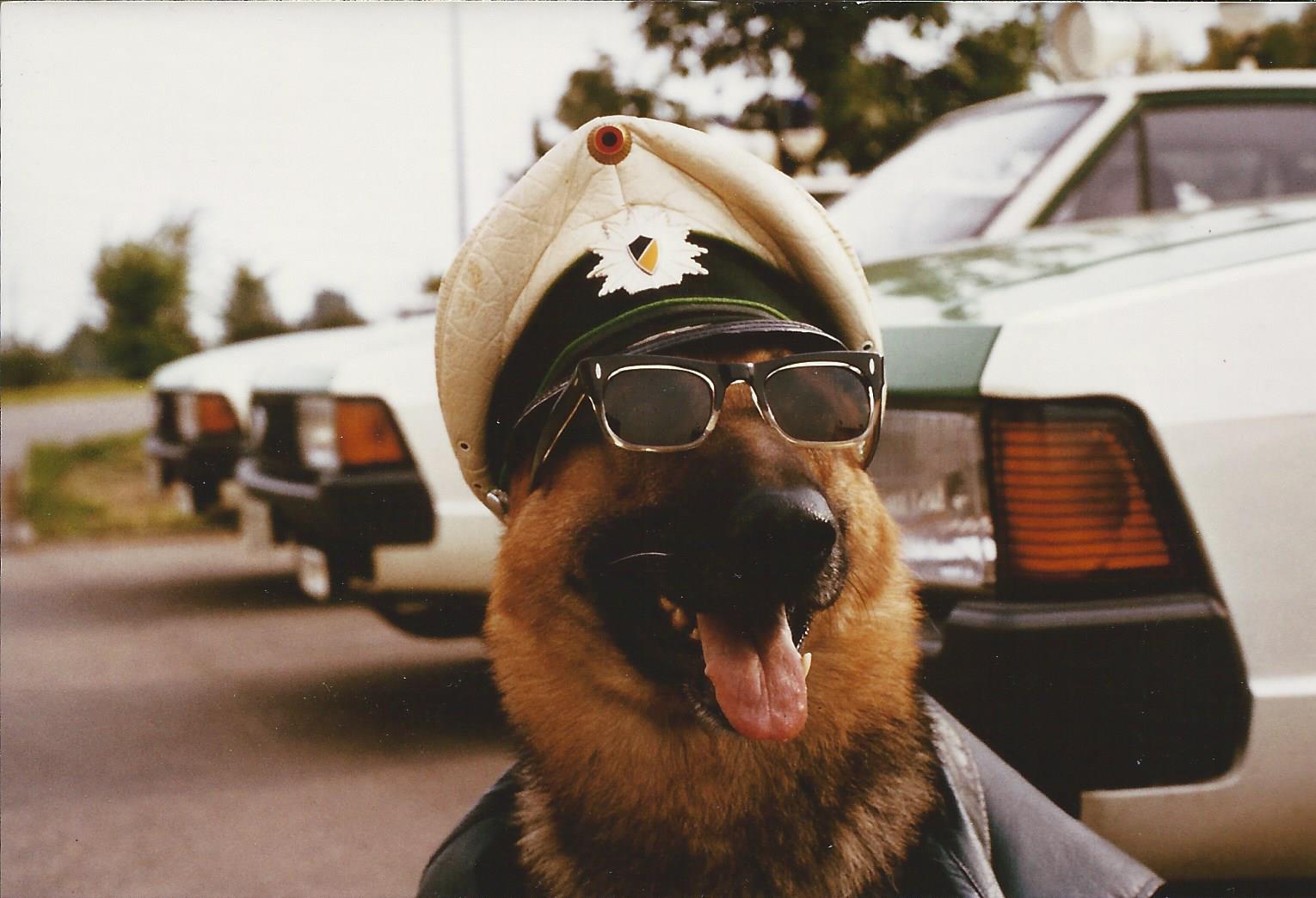Cadaver dog teams break missing persons’ cases Finding the body provides crucial evidence in a missing persons’ case. Was it a natural death or a murder? If the former, the find helps bring closure to the family of the deceased. If the...
Germany shocked the law enforcement world in 2010 with an ingenious idea: Why not use turkey vultures to search for dead bodies in murder investigations? Turkey vultures hunt with their sense of smell and scientists say they’re the best sniffers...
Gespräch mit Michael Müller, einem der ersten Leichensuchhundführer in Deutschland (Deutscher Text unten) One month ago I interviewed Cat Warren, an American cadaver dog handler in America whose book, What the Dog Knows, has since hit the bestseller...
Interview with Author and Cadaver Dog Handler Cat Warren CAT WARREN is a professor and former journalist with a somewhat unorthodox hobby: she works with cadaver dogs—dogs who search for missing and presumed-dead people. What started as a way to...
A landscape of odors…. Compared to canines, humans smell in black and white. We live in a world of sight and sound, words and letters. If you wrote a novel for dogs, you’d have to use smells – it would be a scratch-and-sniff book. Dogs find...






Recent Comments